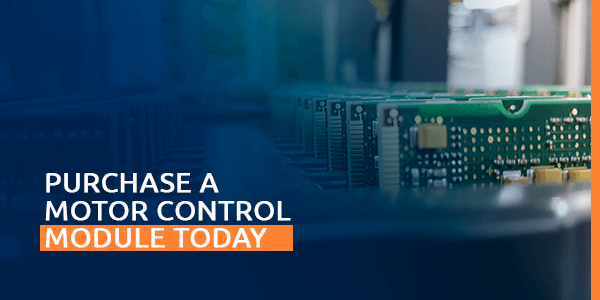Motor Control Modules
Motor control modules, which may also be called motor controllers or motor drives, modify power input to a device’s motor to reach a desired output level. They regulate the motor’s torque and speed and therefore can facilitate lower energy consumption by replacing constant-speed motors. They manage a motor’s speed by way of a microprocessor and other electronic controls. Some are advanced enough to incorporate acceleration commands, motor speed sensing, monitoring of multichannel voltages and currents and numerous other abilities.
-
 OMRON
OMRONOmron Sensor Hardware & Accessories E39-L98 Repair Service and Sales
- Model #:
- E39-L98
- Part #:
- E39-L98
-
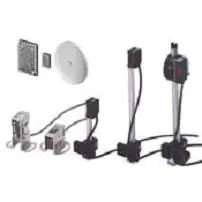 OMRON
OMRONOmron Sensor Hardware & Accessories E39-L97 Repair Service and Sales
- Model #:
- E39-L97
- Part #:
- E39-L97
-
 OMRON
OMRONOmron Sensor Hardware & Accessories E39-L93XY Repair Service and Sales
- Model #:
- E39-L93XY
- Part #:
- E39-L93XY
-
 OMRON
OMRONOmron Sensor Hardware & Accessories E39-L93V Repair Service and Sales
- Model #:
- E39-L93V
- Part #:
- E39-L93V
-
 OMRON
OMRONOmron Fiber Optic Sensors E32-D21R Repair Service and Sales
- Model #:
- E32-D21R
- Part #:
- E32-D21R
- New/Surplus $ 147
- Refurb. Price $103 Save up to $ 44
- Repair Price $74 Save up to $ 73
-
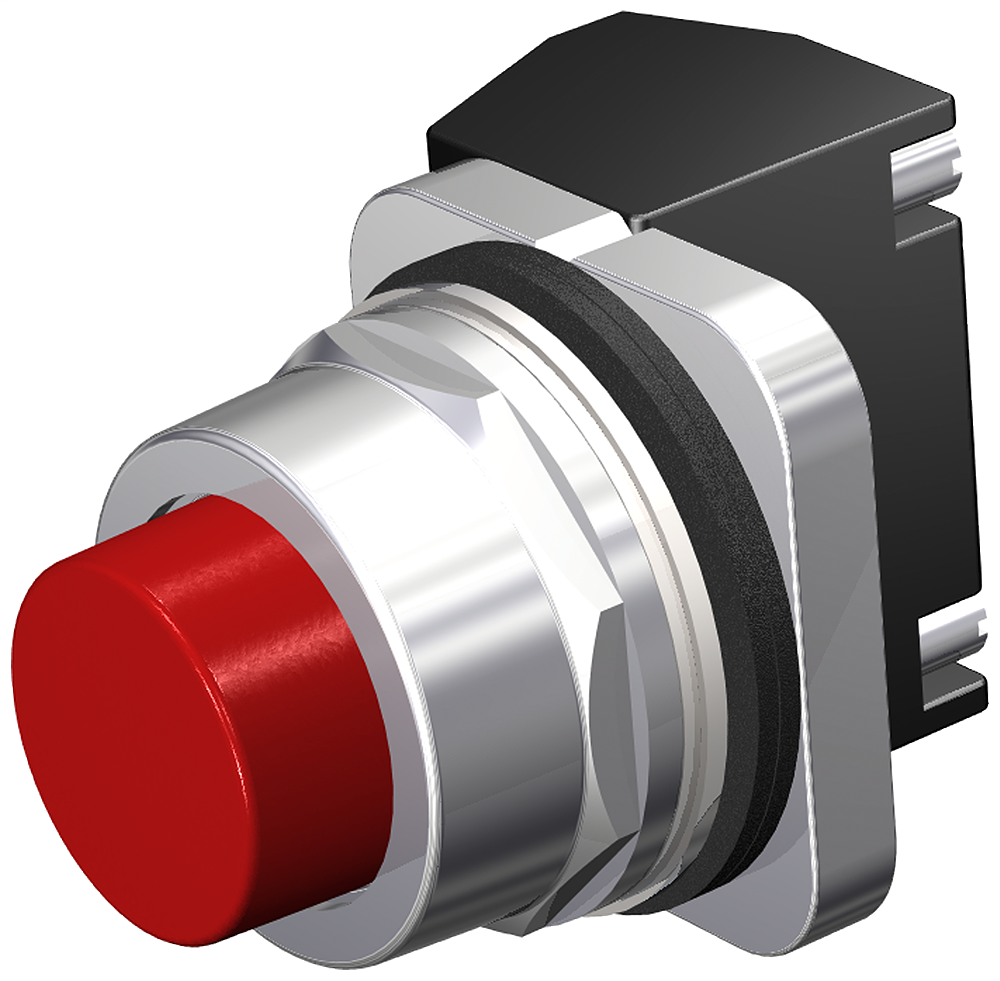 Siemens Controls
Siemens Controls52PA8B2JP: Siemens Controls POP – RED MOM. EXT. HEAD Push Button,1NC, W/ACCSY
- Model #:
- 52PA8B2JP
- UPC #:
- 78308780460
- Part #:
- 52PA8B2JP
- New/Surplus $ 58
- Refurb. Price $41 Save up to $ 17
- Repair Price $29 Save up to $ 29
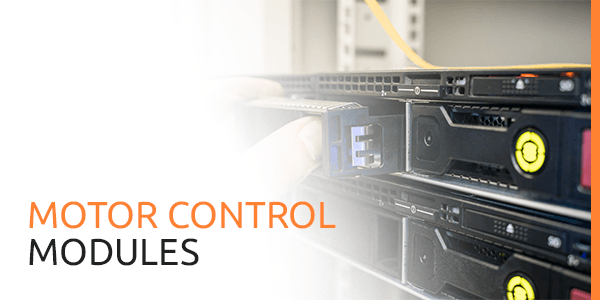
Electrically commutated motors (ECMs) usually consist of two components, which include the motor control module and the motor — which may also be referred to as the motor module. There are various types of motor controllers on the market, consisting of alternating current (AC), direct current (DC), stepper and servo controllers.
Uses for Motor Control Modules
Motor drives can be used for various applications depending on their classification. For example, AC motor control modules are often used to maintain the speed of appliances like fans, blowers and pumps. They are especially useful for reducing the effects of components like dampers or valves that could throttle the flow of speed. AC drives work for both constant- and variable-speed applications.
DC motor controllers see frequent use in machines like winches and cranes because of their low-speed torque. They also control speed and torque in machinery like electric vehicles and machine tools. They’re excellent choices for applications where high performance and lower costs are needed. As with many controllers, the controller circuits often combine with the drive circuits to create a single unit, all while the controller sends signals to the drive.
Stepper controllers get their name from how they send currents in various phases — also called pulses or steps — to the stepper motor. One-phase and wave stepper motors operate by turning on only one phase at a time, which can be inefficient. Two-phase stepper motors produce more torque than the former two types because two phases are activated at the same time. These motors are often used in construction, robotics and manufacturing environments within motion control applications.
Servo motors are similar to stepper motors in that they adjust the alternating current to a pulsed output. They are also frequently used for motion control applications and other tools like robotics and conveyors. Small servo motors can be excellent choices for use in the robotics industry due to their size. These motors may be AC or DC driven.
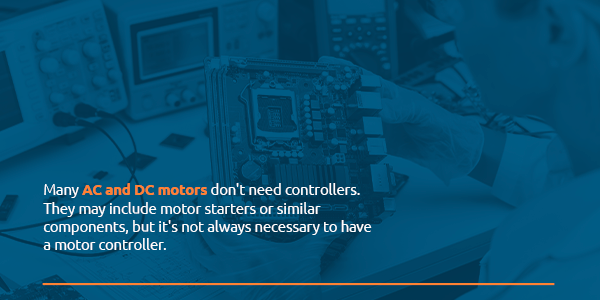
Common Questions and Issues
Many AC and DC motors don’t need controllers. They may include motor starters or similar components, but it’s not always necessary to have a motor controller. For example, you can adjust the speed of a brushed DC motor by varying the amount of volts traveling to the motor’s rotor and field. Brushless DC motors don’t have this capability because of a lack of a commutator, and they instead must rely on controllers.
Servo motors, in particular, can become susceptible to overheating and experiencing reduced torque. Other issues you might encounter with this type of motor include abnormal noises, a stuck motor, a strong burning smell or the presence of smoke. Troubleshooting and fixing these problems will not be difficult if you’re well-versed in the mechanics of servo motors, but if you’re not, consider outsourcing help. Servo motors tend to pulsate even when standing still, so they might not be the best choice for applications that require stability.
A stepper motor always operates at its maximum torque, which might be an issue if the application calls for a motor you can control. Outside of this issue, stepper motors are good for providing control and precision, and they’re a more affordable alternative to servo motors despite operating more slowly.
Sometimes sensors are necessary for collecting feedback information within the motor-control loop, which can ensure a motor is working at its best and prevent damage. Some common sensors used for this purpose are:
- – Variable-reluctance sensors: Variable-reluctance sensors can be employed in extreme environments with high levels of dust or harsh temperatures. They record the motor’s rotation and speed and are often preferable over other sensors due to their added benefits — like more accurate phase information.
- – Current-sense amplifiers: These devices enable you to precisely monitor the current moving into and outside of the system. They can also detect transients and shorts. Amplifiers measure the electrical signal while also sensing the current’s direction.
- – Hall-effect sensors: These sensors analyze a motor’s direction, speed and position. They can also detect interruptions in the motor’s operation and report them to the system in case action needs to be taken.
Benefits of Global Electronic Services
What are the benefits of doing business with Global Electronic Services? Whether you’re purchasing new motor control modules or sending parts in for repair, here the main advantages you can reap:
- – In-service warranty: Warranties protect you from having to spend tons of money on damaged or malfunctioning parts if anything goes wrong. Our repairs are covered by an 18-month in-service warranty.
- – Price matching: When shopping for parts, you often want to get the best value possible without spending your entire budget for that month. We can beat any competitor’s price on a part by 10%, which can help you save more money while still getting the high-quality components you need for running a successful business.
- – Customer service team: We communicate with your company throughout the entire repair process so you always know exactly what’s happening with your parts. Your business can also take advantage of our helpful and friendly customer service team, available 24/7.
- – International shipping: We offer packing slips in both English and Spanish that you can easily print out if you’re sending in a part that needs repair. International shipping is crucial for businesses operating overseas, which is why you should seek companies who treat your packages with care.
- – Detailed repair process: If you have any motor control modules in need of maintenance or repairs, we can help you get your equipment back to working order. Our repair process follows a step-by-step structure that ensures your part is thoroughly inspected, fixed and tested. We can have your part back to you within one to five days, though we also offer one- to two-day rush service.
Purchase a Motor Control Module Today
Motor control modules are essential to managing your motor’s speed and keeping energy consumption rates low for your business. Browse motor control modules from Global Electronic Services today to get a new controller from a manufacturer you trust, such as Siemens. If you’d like to place an order, feel free to request a quote today, or call us with any questions at 877-249-1701.
